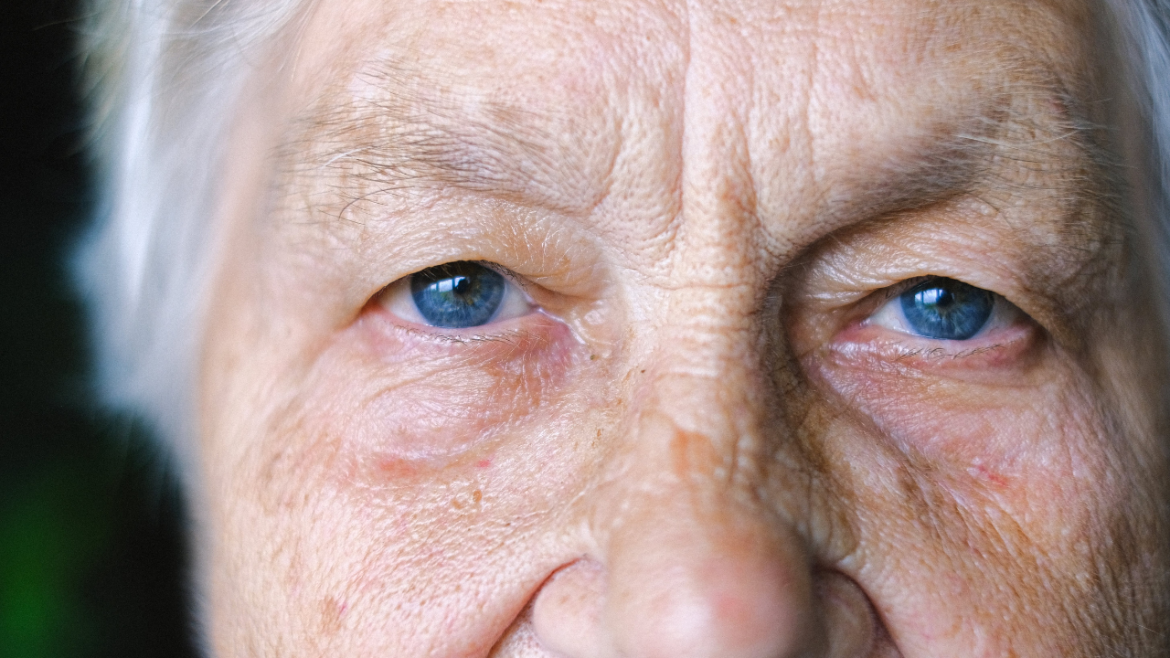Did you know that Leading Edge Senior Care has a Dementia Support Group? We meet monthly in Mesa. For more details <click here>
What Is NPH Dementia? Is It Treatable?
NPH (Normal Pressure Hydrocephalus) dementia is a neurological condition characterized by the abnormal buildup of cerebrospinal fluid in the brain’s ventricles, leading to a triad of symptoms: cognitive decline, gait disturbances, and urinary incontinence. It’s a complex condition often misunderstood, leaving many to wonder about its treatability.
Exploring NPH dementia involves delving into its symptoms, the challenges it presents, and available treatment options.
Symptoms of NPH Dementia:
NPH dementia manifests differently in individuals, typically presenting as cognitive impairment, such as memory loss, and difficulties with attention, reasoning, and executive function. Gait disturbances, often described as a shuffling walk, and urinary incontinence are also prevalent.
Recognizing the varied symptoms associated with NPH dementia illustrates the complexity of the condition’s diagnosis and management.
Challenges in Diagnosis:
Diagnosing NPH dementia poses challenges due to its symptoms overlapping with other neurological conditions like Alzheimer’s disease and Parkinson’s disease. Conducting brain imaging, such as MRIs, and lumbar punctures assist in confirming the diagnosis.
The diagnostic process for NPH dementia involves extensive assessments and ruling out other conditions due to symptom similarities.
Treatment Approaches:
NPH dementia is treatable, primarily through surgical intervention aimed at alleviating the fluid buildup in the brain. Ventriculoperitoneal (VP) shunting is the most common surgical procedure, redirecting excess fluid from the brain to the abdominal cavity.
Treatment of NPH dementia centers on surgical intervention targeting the cerebrospinal fluid accumulation to alleviate symptoms.
Effectiveness of Treatment:
VP shunting can significantly improve symptoms in some individuals with NPH dementia. However, not all patients experience substantial improvement, and in some cases, complications or adverse effects of the surgery might occur.
The success rate of VP shunting varies, and some patients may not experience notable improvement or might face surgical complications.
Post-Surgical Rehabilitation:
Following surgery, rehabilitation programs, including physical therapy, occupational therapy, and cognitive exercises, may aid in enhancing mobility, independence, and cognitive function in individuals with NPH dementia.
Rehabilitation programs complement surgical intervention, focusing on restoring functional abilities and cognitive skills post-surgery.
Quality of Life and Prognosis:
For some individuals with NPH dementia who undergo successful surgery, there can be a marked improvement in quality of life, with a reduction in cognitive decline and better mobility. However, for others, the progression of symptoms may continue despite surgery.
The prognosis and quality of life post-surgery vary, impacting the extent of symptom improvement and functional outcomes.
Emotional Impact:
The diagnosis of NPH dementia and the decision for surgery can be emotionally challenging for individuals and their families. It involves navigating uncertainty, weighing treatment options, and managing expectations about the outcome.
The emotional toll of NPH dementia encompasses grappling with uncertainty and making crucial decisions about treatment options.
Conclusion:
NPH dementia, while treatable through surgical intervention, poses challenges in diagnosis and management due to its complex symptomatology and varying responses to treatment. Understanding its symptoms, the diagnostic process, available treatments, and their potential outcomes help individuals and families navigate this condition more informally. While surgery may offer relief for some, the emotional and functional impacts of NPH dementia necessitate comprehensive support and understanding for those affected and their caregivers.

